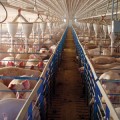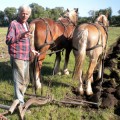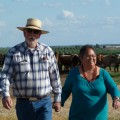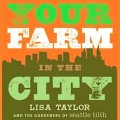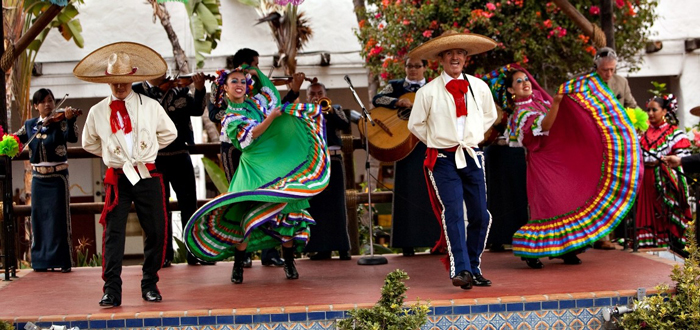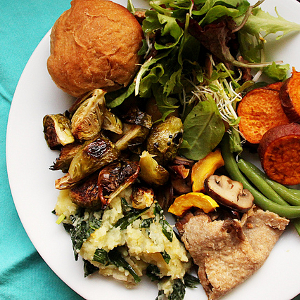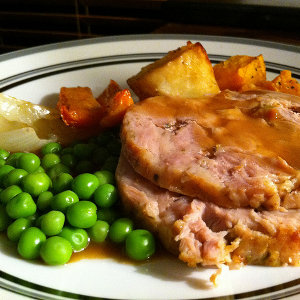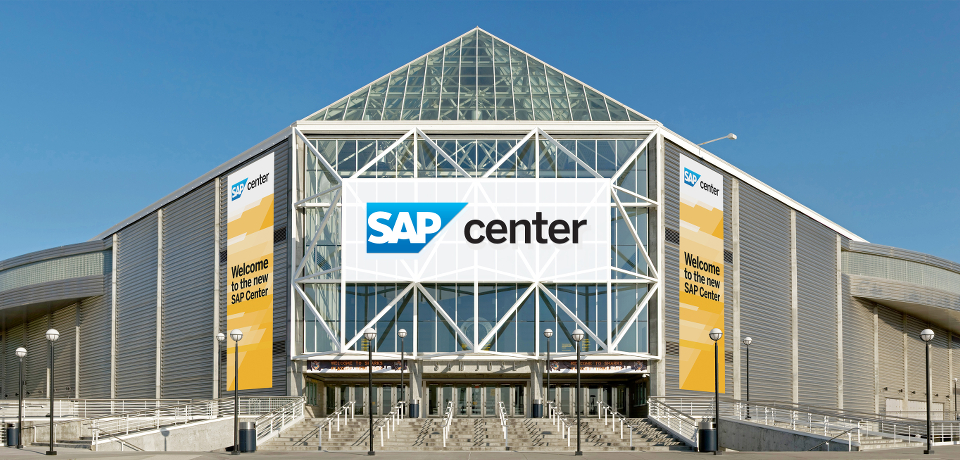It is a measure of the power of the industrial meat industry that few Americans know what a CAFO is, and yet CAFOs provide as much as 90 percent of the meat we eat. It is also a testament to how detached we are from the source of our food that we’re largely in the dark about these sprawling filth- and disease-choked feedlots and animal warehouses.
CAFO stands for “concentrated animal-feeding operation.” They are the beef feedlots, poultry warehouses, fish farms and pig prisons where the vast majority of American livestock live their miserable and short lives. To meet the demands of an increasingly concentrated number of agribusiness conglomerates like Cargill, Smithfield and ConAgra, animals have largely been removed from the land and placed in densely packed, cruel conditions, so that they can be raised more “efficiently.” Ever wonder why Costco or McDonald’s can sell hamburgers so cheaply? The CAFO is why.
The social and environmental horrors of this system are laid bare in the new book CAFO: The Tragedy of Industrial Animal Factories, a coffee-table volume about what you eat at the dinner table. Edited by Healdsburg writer and publisher Dan Imhoff and published by the Foundation for Deep Ecology, the book provides a comprehensive and thoroughly damning indictment of an evil empire most of us don’t even know exists.
Imhoff says the goal of the book is to “pull back the door on industrial animal agriculture. There’s not a lot of transparency in this kind of food production.” That’s for sure. Three states have made it illegal to even photograph a CAFO. Whose interest is that serving? Certainly not consumers and definitely not animals. “It’s a complete disconnection with the land,” Imhoff says. “It’s a huge leap we’ve taken. It has to change.”
Anyone who’s read Michael Pollan or seen Food Inc. has some idea that the way we raise meat is wrong. What makes CAFO different is not only the variety of voices, which range from former George W. Bush speechwriter Matthew Scully to Fast Food Nation author Eric Schlosser, but also the pictures.
I could tell you what a sow-gestation crate—a metal pen where pregnant pigs sit in misery and manure, unable to turn around, and rub themselves raw—looks like, but a photograph really drives the point home. The book collects 450 pictures of the factory farm in all its brutality. The photos are hard to look at, but a big part of the reason the CAFO system has been allowed to grow so large is it’s out of public view and we’re not able to see where the animals we eat live and die. But if you eat meat, these are pictures you need to see. To avert your eyes only allows CAFOs to grow stronger.
In spite of the grim reality the book depicts, CAFO concludes with a few rays of light: alternative systems in which animals live on the land in humane, environmentally sound conditions. Understanding that CAFOs have to go is the first step to getting there and this book succeeds admirably in doing that. Go to www.cafothebook.org for details.
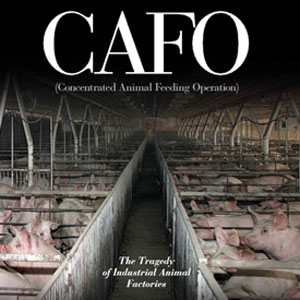
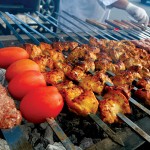 Review: International Kabob House
Review: International Kabob House  San Jose Stage: ‘On the Waterfront’
San Jose Stage: ‘On the Waterfront’ 